A Coaching Model Created by Ting Ting, Kat Chan
(Career Coach, SINGAPORE)
There are different types of coaching models. Each coaching modes has a similar yet different approach to a different situation. I am particularly interested in below 2 types of coaching models which I used their theories and its flow to use for my own coaching practice reference
TGrow Model – Miles Downey
Grow Model is the most common model framework used by most coaches. However, I would think that TGrow has more impact compared to the Grow Model. As T = Topic, it will broader areas that the coachee wants to share. For coachee to start with a topic can help the coachee to relax and also help to further clarification.
Marshall Goldsmith Coaching Model for Coaching and Development
Mr Marshallas an executive coach, he helped the successful leader to achieve position long term change in behaviour for himself, his people and his team. He helped people to understand how beliefs and environment can trigger negative behaviours. He helped others to achieve and sustain positive behavioural change. His 8-steps model is simple, easy to understand and applicable to almost all types of coaching style.
8-steps model
Trees- coaching Model
The coaching model that I have created is called TREES. Coaching like follow-up care for the Trees. The coach has to ensure that the client has enough sunlight (encouragement, motivation), checking soil moisture (supportive) and watering (Positive).
In my coaching model – Trees, it comprised of 5 important parts. Safe space, roots, bark, branches and leaves/flowers/fruits.
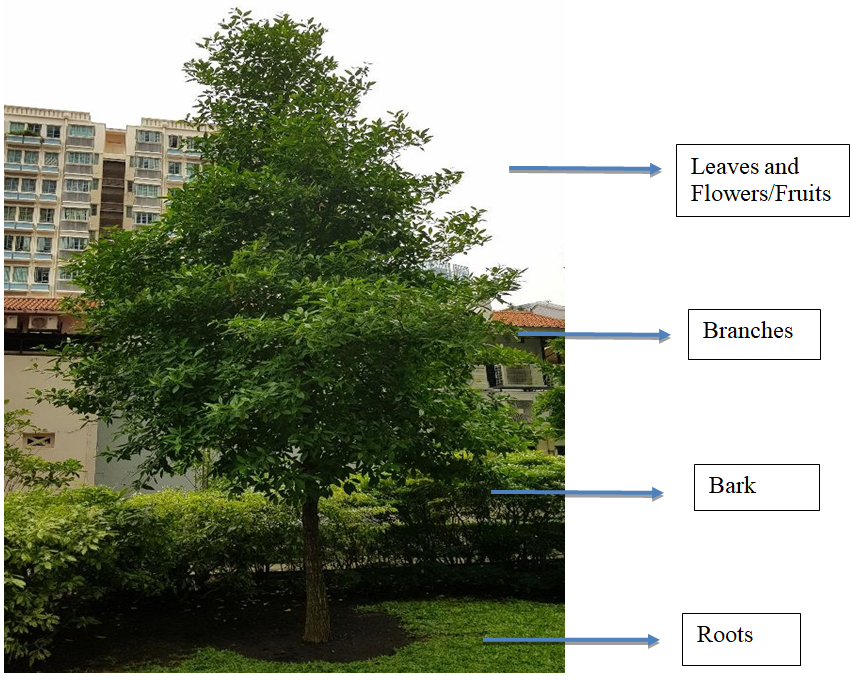
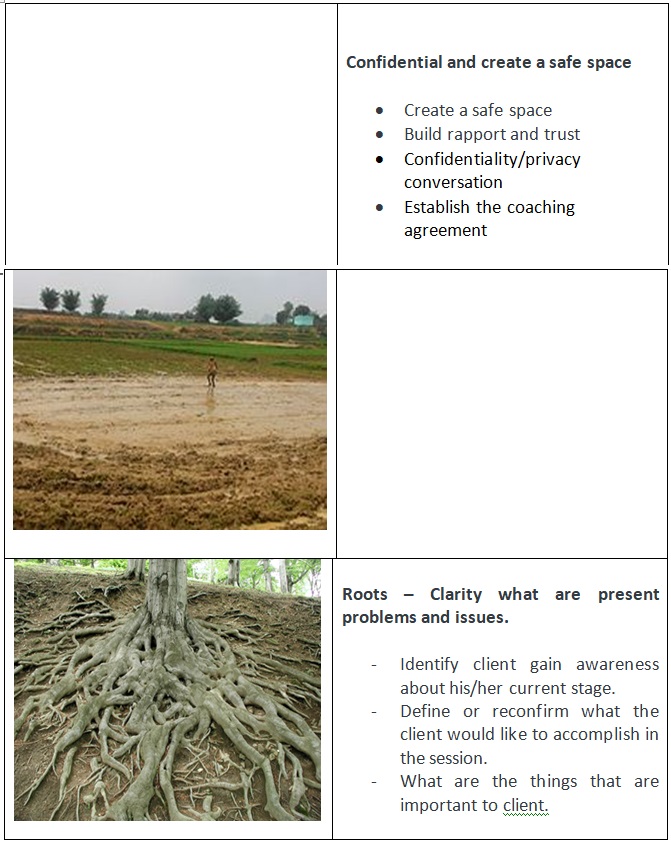
Root stage
The root stage is when the client will have the what, where, how, when, why, who questions. There are so many ‘roots’ that they would like to explore. The client will have to sort out the ‘roots problems’. The coach will guide and help the client to have more clarity of thought and what they really want and how to get there.
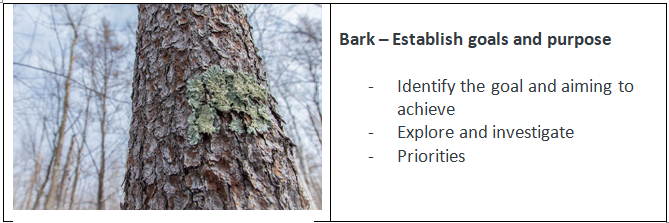
Bark stage
It is important for the client to identify the goal and of what they want to achieve. At this stage,coach will ask powerful questions that will allow the client to think deeply about the issue. Just like the bark – the journey will be rough and difficult at times, as the client starts to explore and getting to understand their own feelings. Therefore, the client has to be open and honest about themselves and their feelings in order for them to move forward.
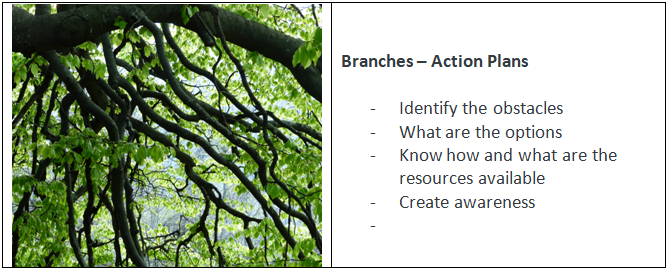
After the client has identified the goal. It is important for the client to work in-action to achieve the goal. The client might face obstacles as they are to explore what they can do and what they cannot reach. They must explore different resources available and create new insight. Despite the challenges, the coach will encourage and walk closely with the client to hold them accountable, so they are able to see the results they desired.
Action Planning template

The action plan is to keep track of the client progress. The client is to write down and record the necessary data and review from time to time. This is to ensure that the client to stay focus and not to feel overwhelmed.
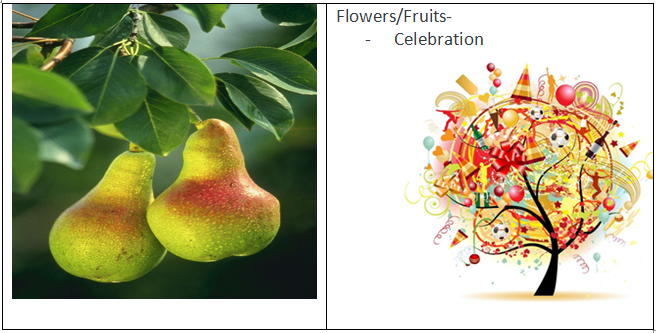
It is important to celebrate! It is not necessary that we only celebrate big things. We should celebrate small victories too. It is important to recognize each achievement while working toward a bigger goal.
